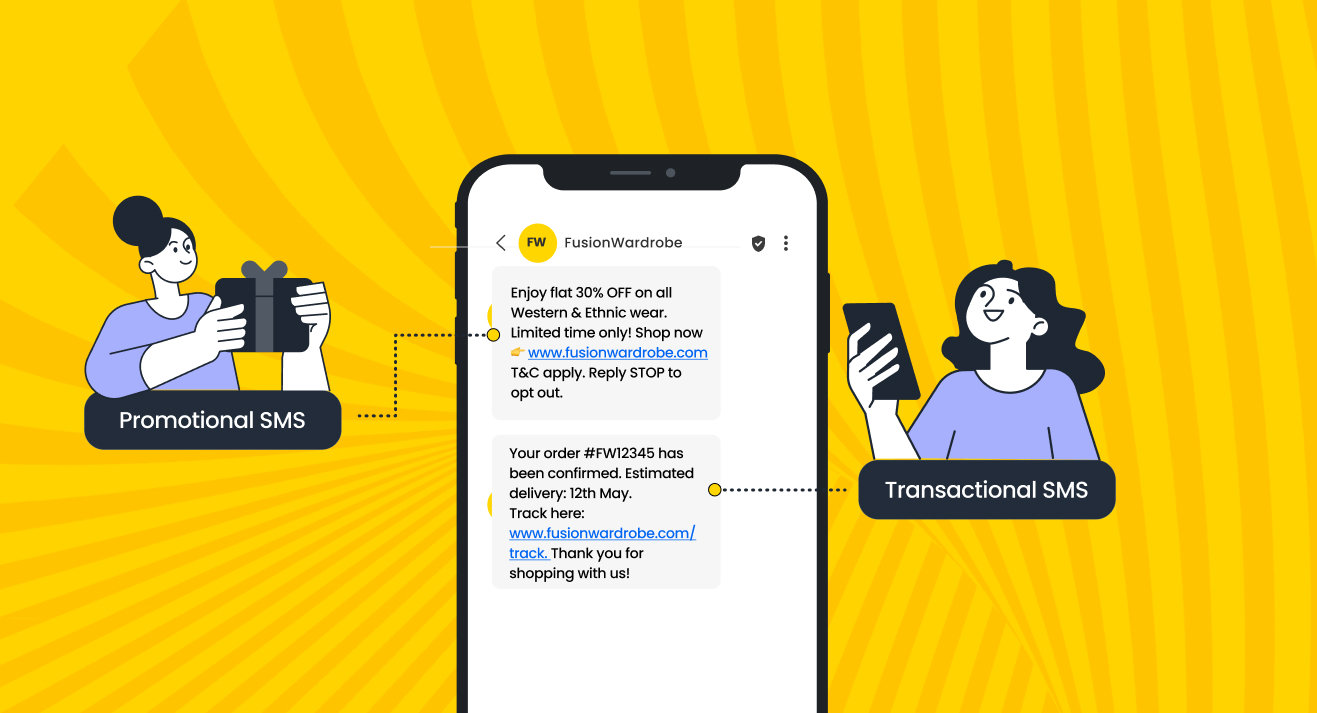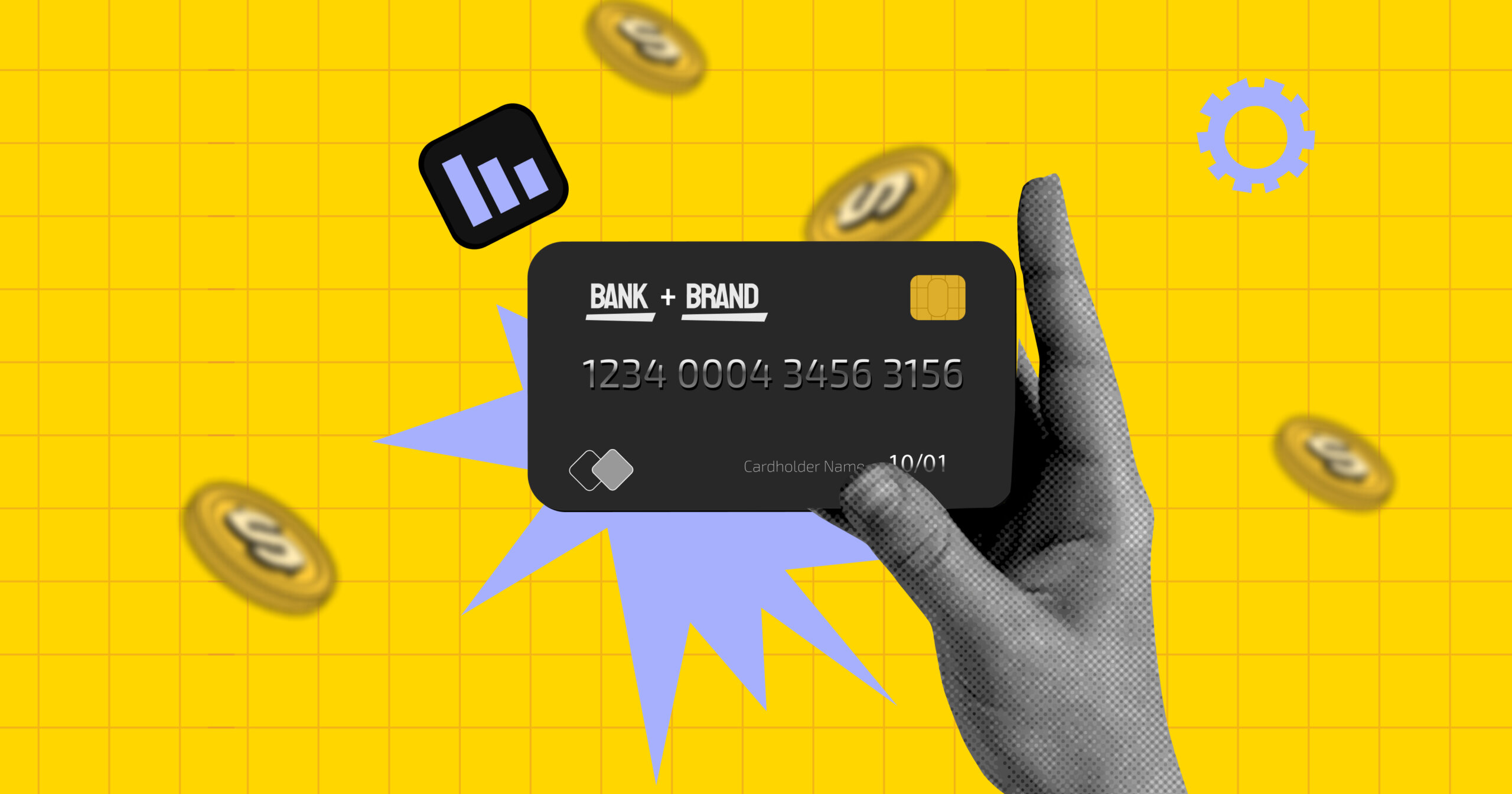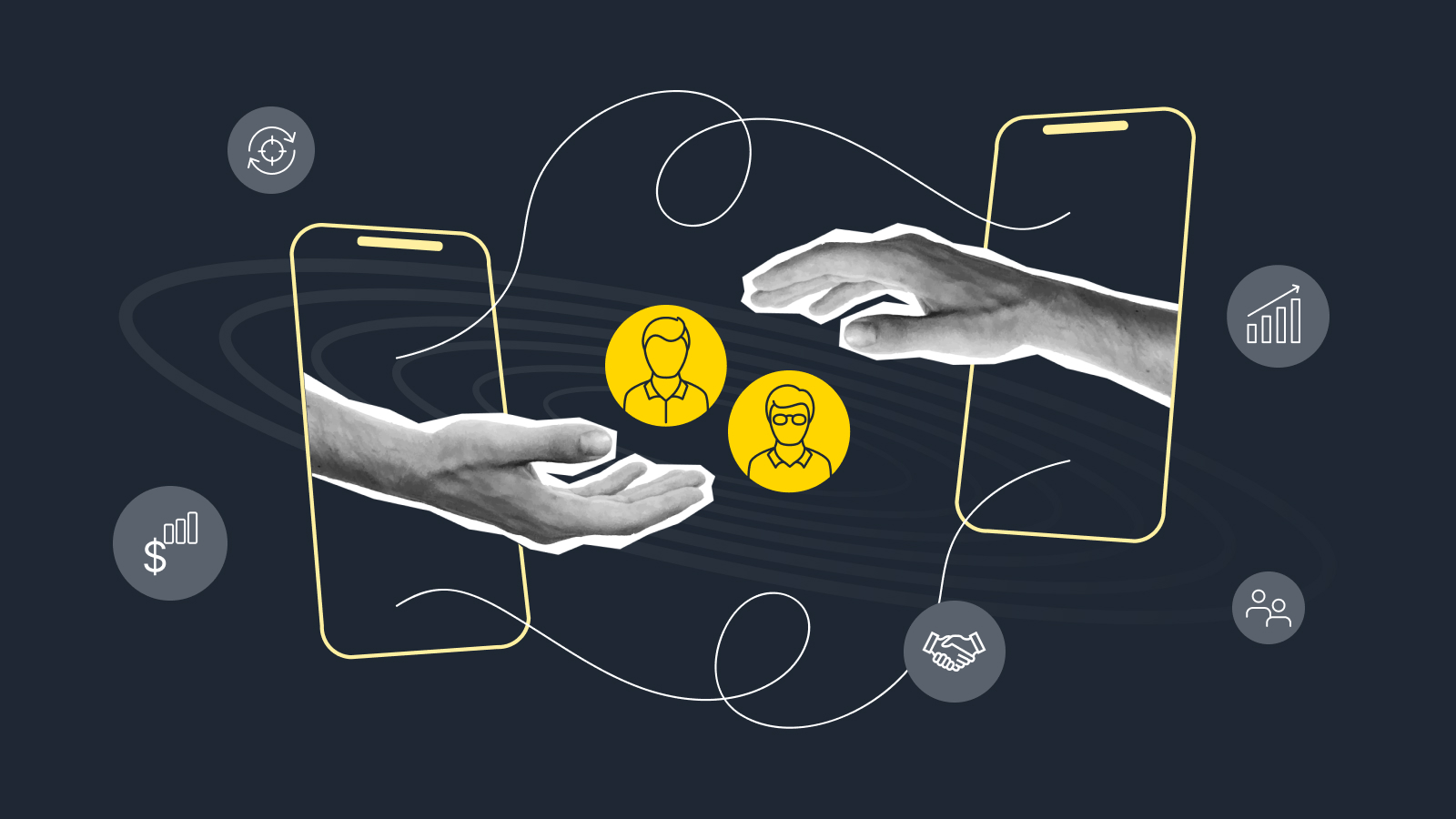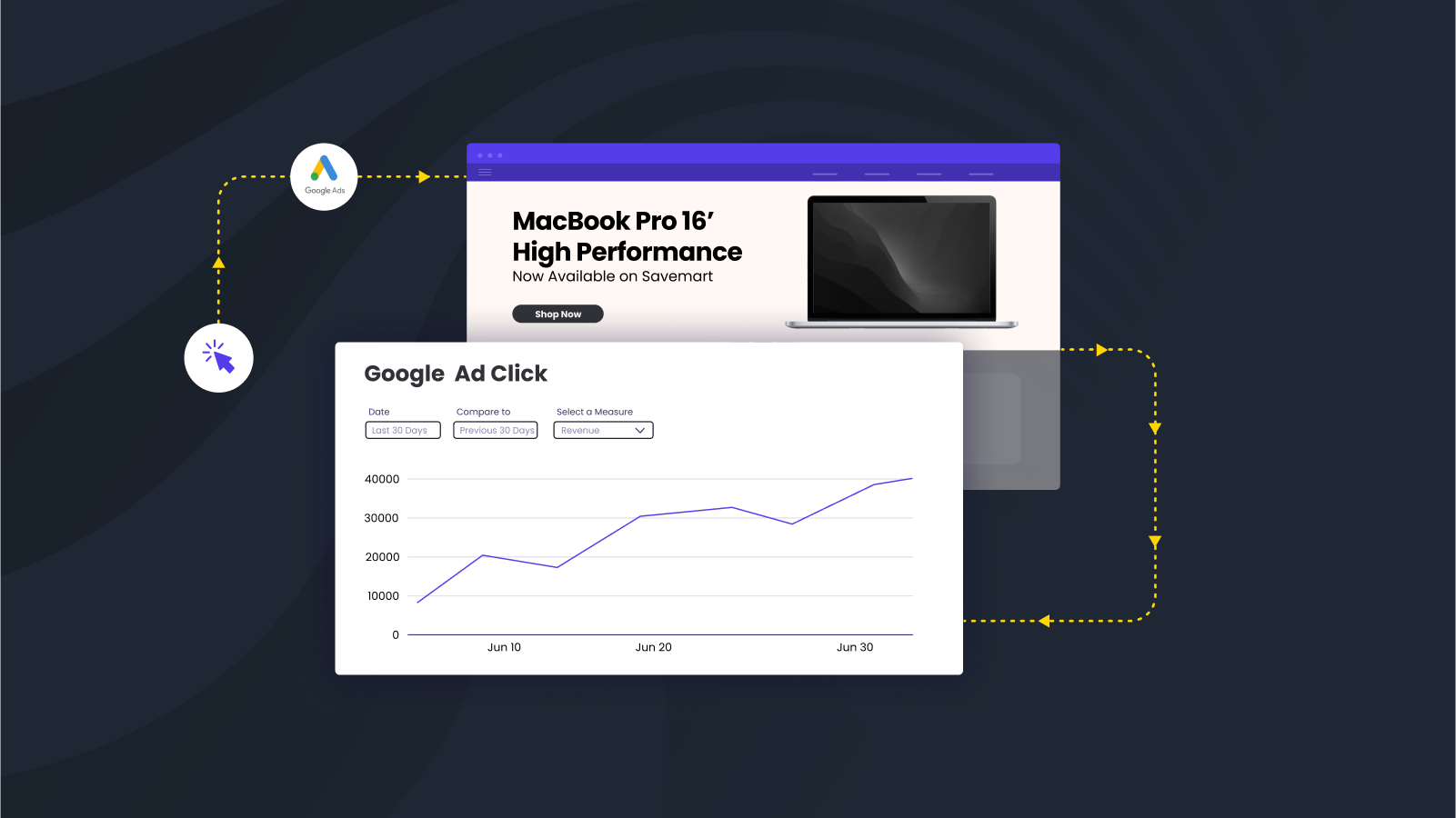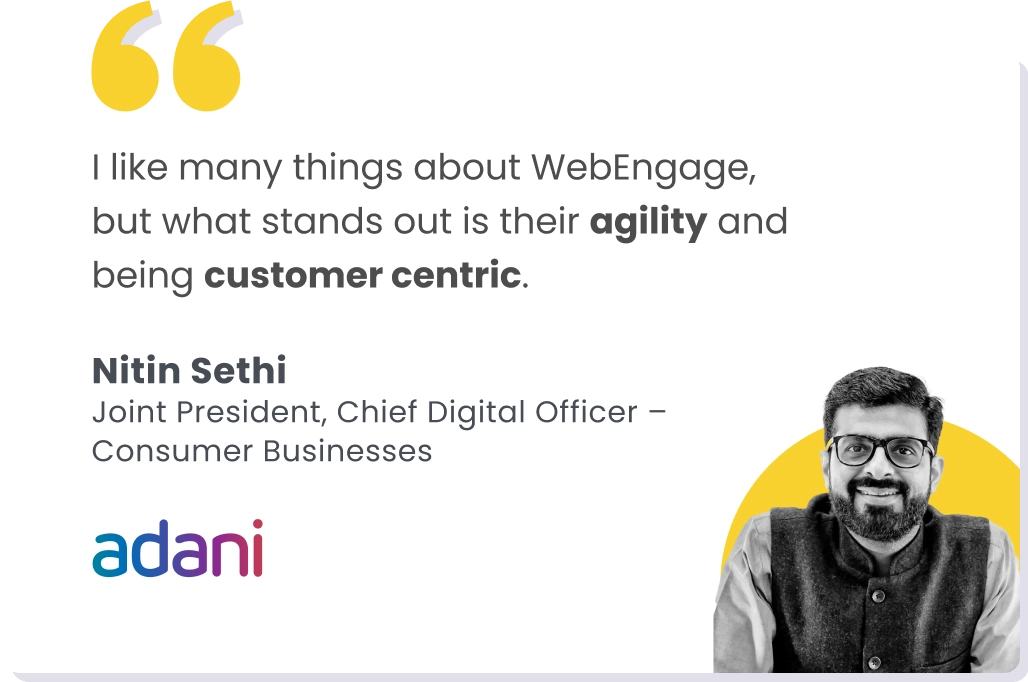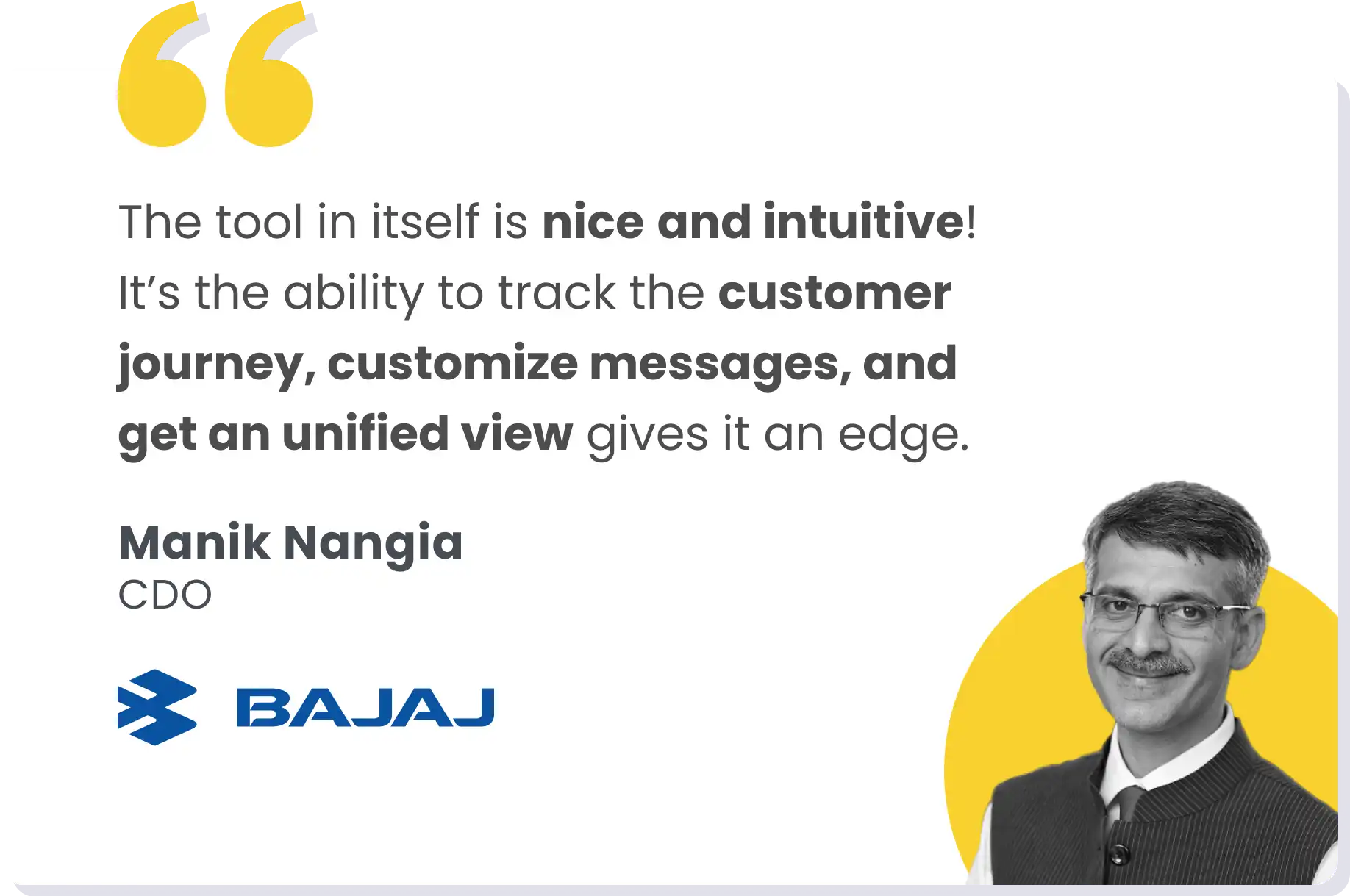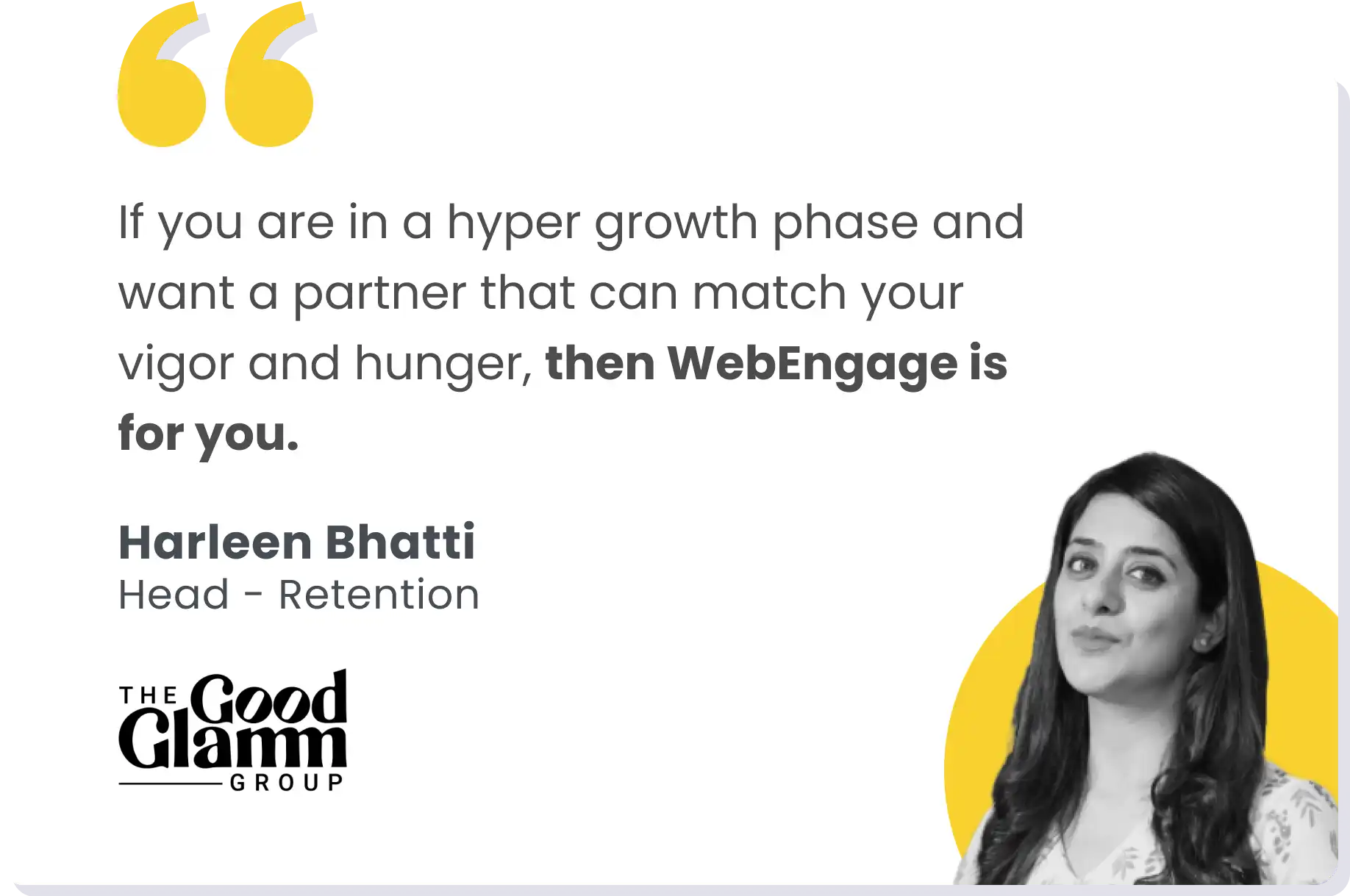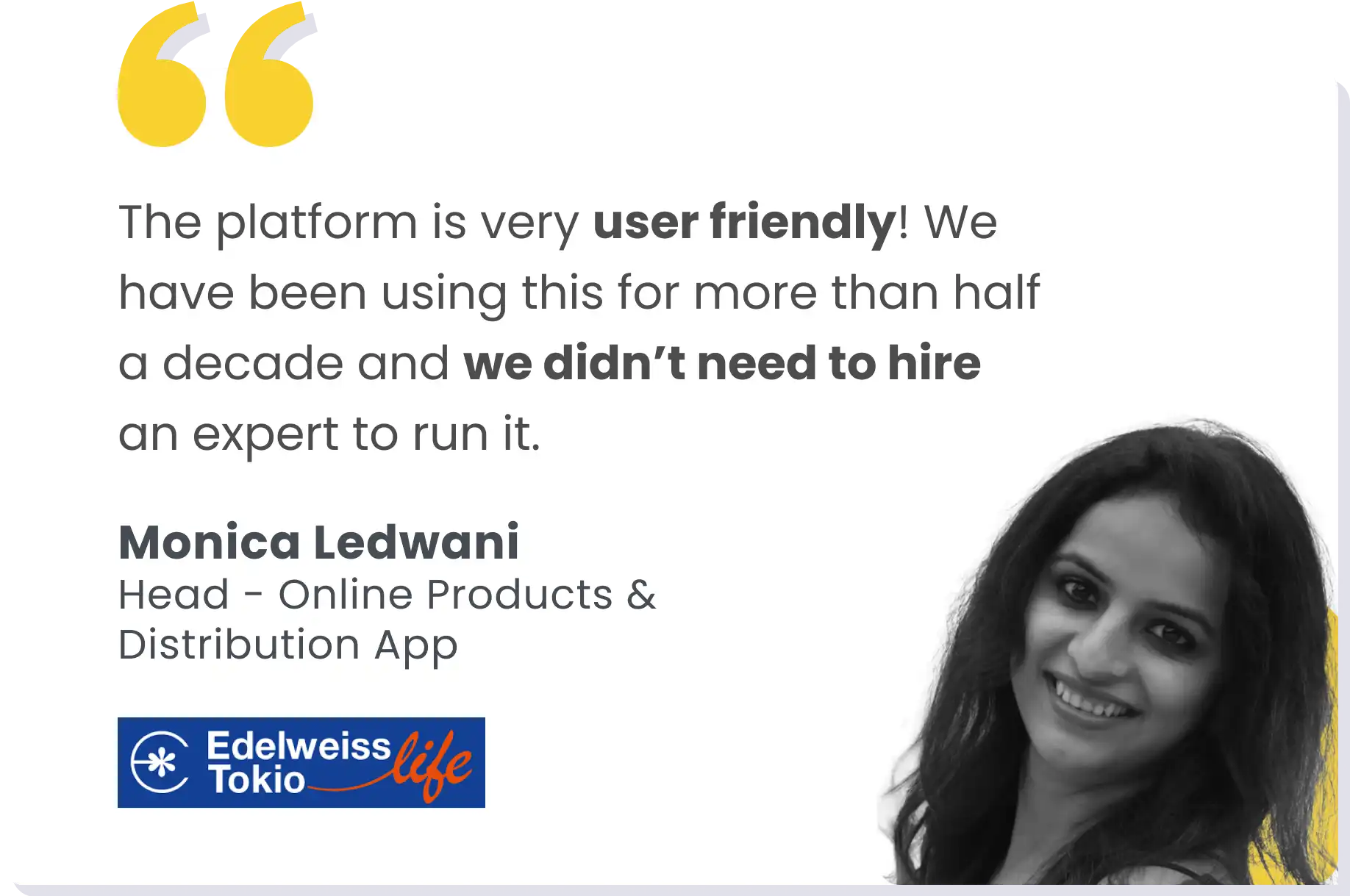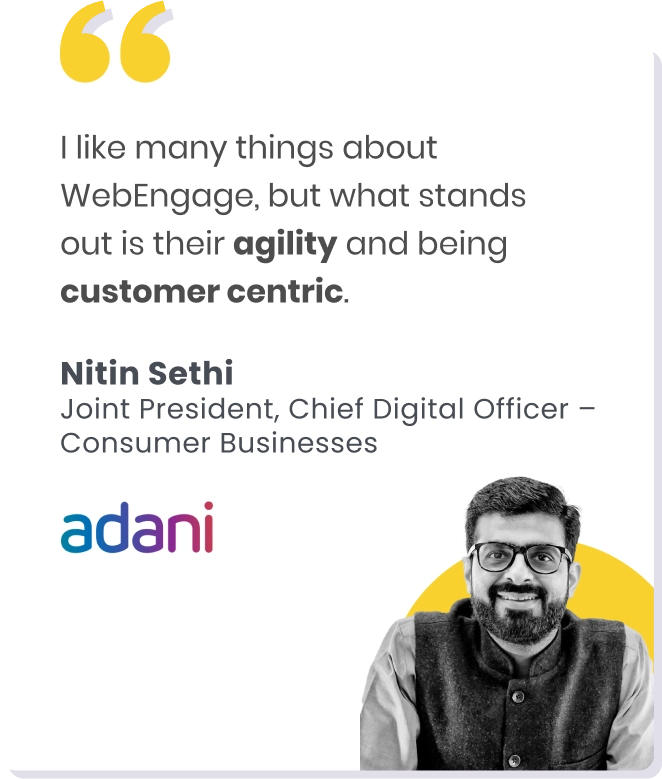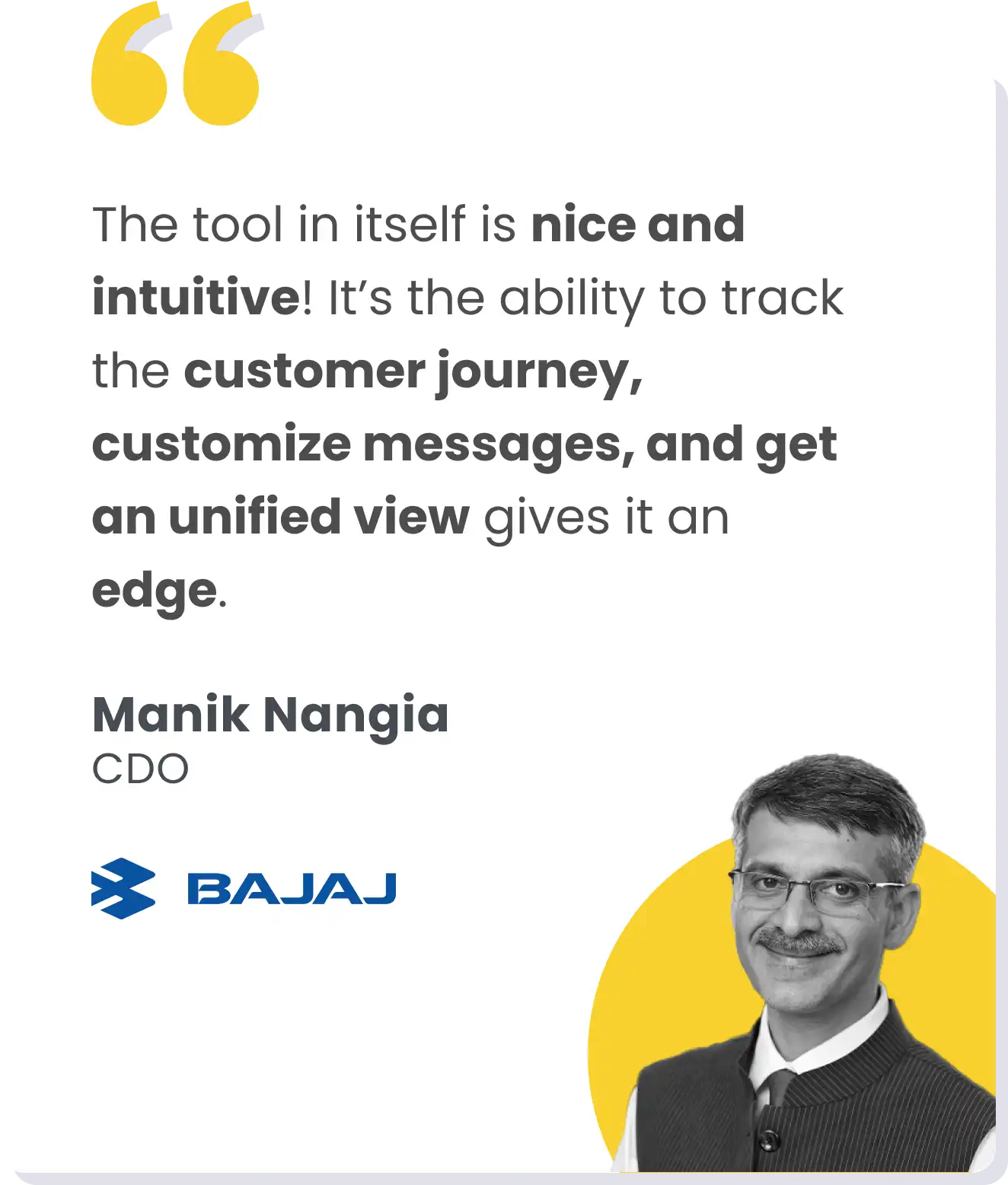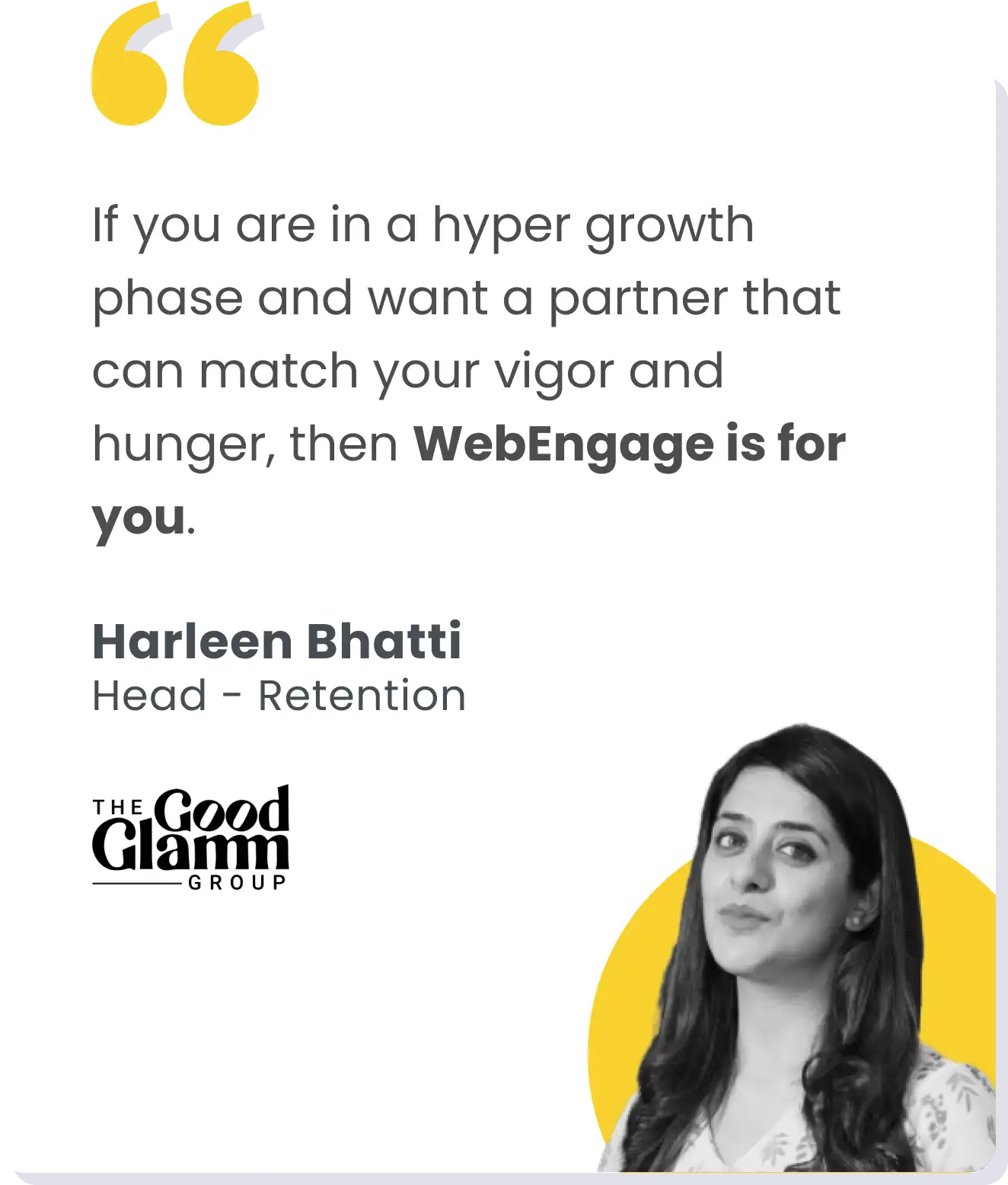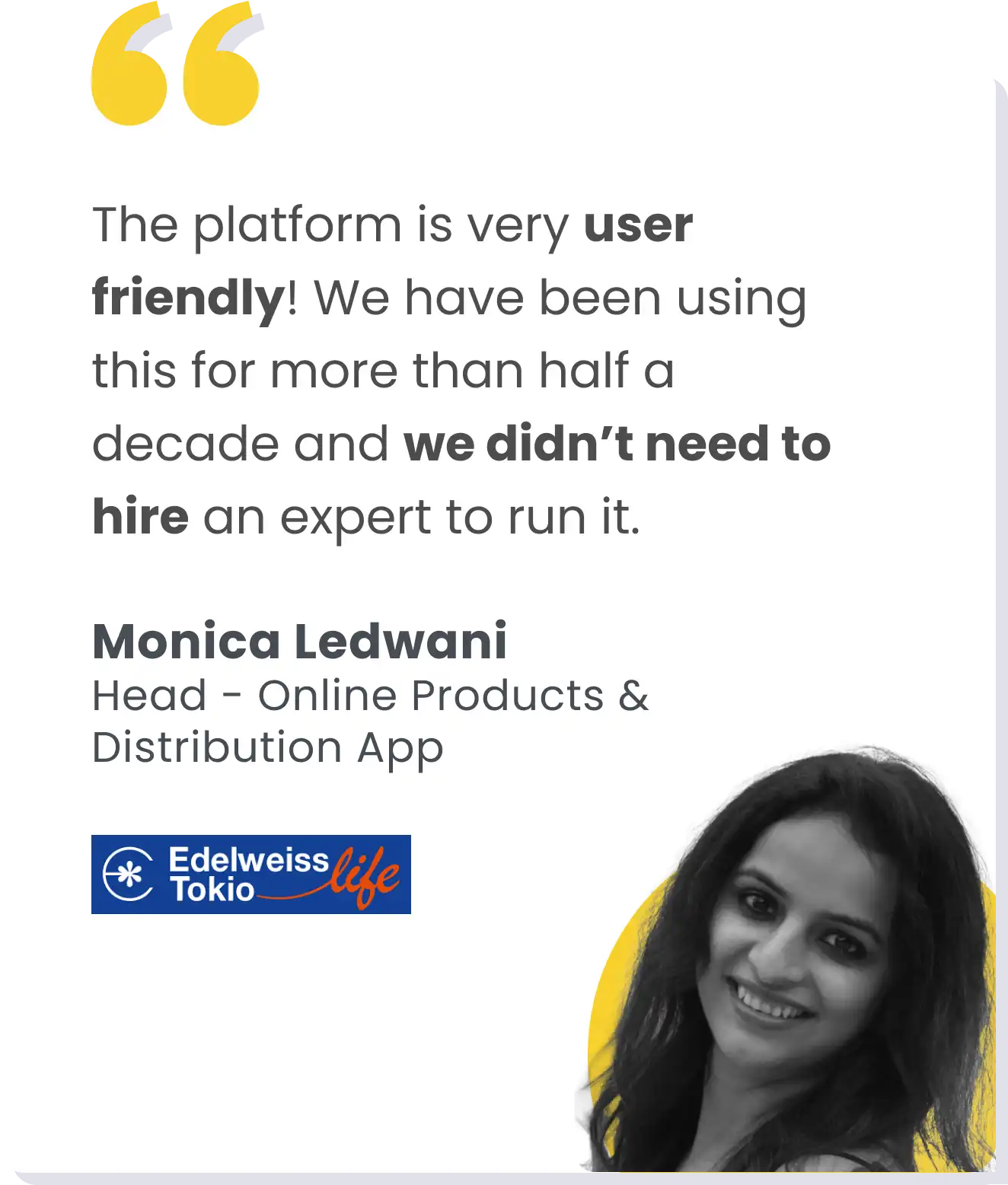8 missed calls from mom!
Your payment is approved.
Your order is out for delivery!
A new marketing trend is making waves—and while it’s alarmingly effective, it’s raising ethical questions.
We’re seeing brands and marketers take their PR and sales messages and repackage them as utility messages—messages that appear to be purely functional, but with a sales-driven agenda.
Think “transactional” messages, but with a hidden pitch. And they’re getting approved faster, at a fraction of the cost, and with double the delivery rates.
I recently stumbled upon an eye-opening conversation in our Retention DNA marketing community where brands use these “utility format” messages to bypass approval processes and reach customers.
The logic? You send a message that looks like a payment reminder, an order update, or a delivery notification, and—bam—you bypass the usual approval processes and reach customers directly, without any friction.
But here’s the catch: Does it really add value, or are we compromising user experience for short-term wins?
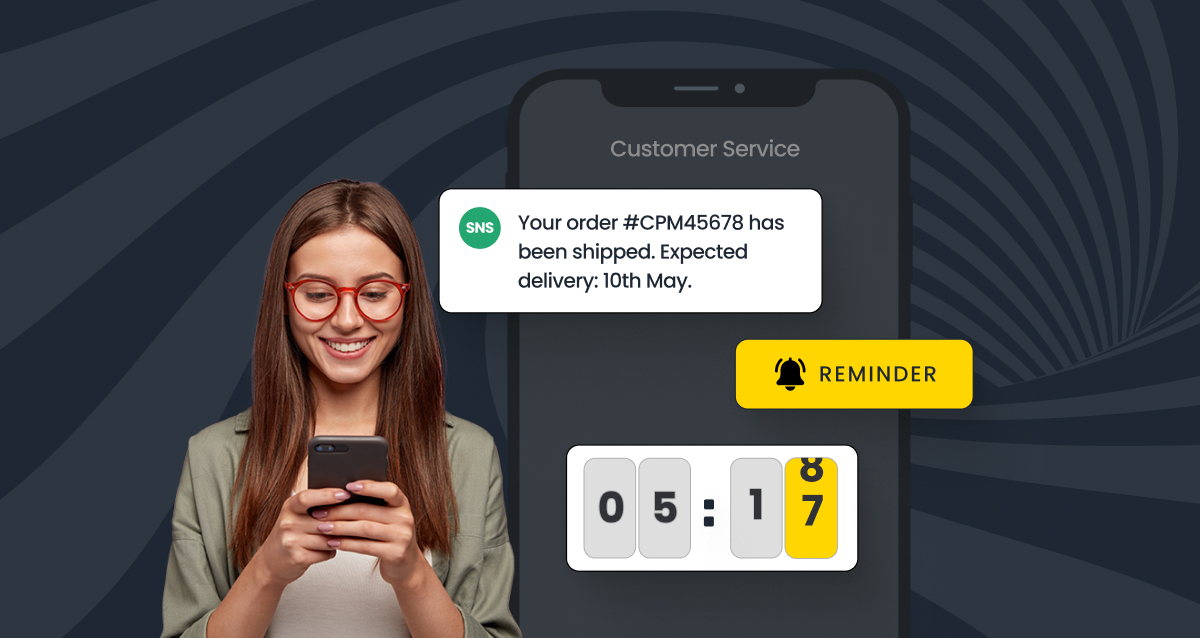
1. So why is this approach so appealing to marketers?
Utility messages are gaining traction in digital marketing because of their low cost and higher engagement rates. Why?
Because these messages are perceived as essential notifications—payment confirmations, order updates, delivery alerts. When customers see these, they engage without second-guessing, assuming the message is necessary.
For marketers, this means avoiding traditional approval processes, cutting costs, and reaching more people with fewer hurdles.
Utility messages often cost one-eighth of a typical promotional message, and deliver double the results.
But while the numbers look good, the hidden sales pitch raises an important question: Does it build trust, or are we tricking customers into engagement?
2. Costing 1/8th, Delivering 2x: The Appeal of Utility Messages
Here’s why this strategy has taken off: utility messages are low-cost and deliver higher engagement. Marketers can avoid the traditional checks and reviews required for promotional content, cutting costs and speeding up delivery.
For example, a message from Nykaa Man—appearing as a “Payment Successful” notification—quickly shifts to a sales pitch. It bypasses typical marketing hurdles, and the recipient is more likely to open the message because it feels like a necessary update. But this might mask the true intention—what happens when customers feel deceived? But here’s the irony: the recipient hadn’t opened the app in months.

While the message gets noticed, is it actually providing value? Or is it simply exploiting the transactional format to gain visibility and bypass traditional marketing processes?
3. How Do You Feel About the Disguise?
Have we reached a point where marketers believe users don’t care about genuine value? Utility messages often disguise themselves as necessary notifications, and while they appear benign, their true intent is clear—they’re selling something.
For example, the Ola Dash promotion (see screenshot), disguised as a “missed call” notification, successfully gets attention, but what about the value of these promotions? They might be enticing, but do users feel tricked or appreciated?

Moreover, Ola faced severe criticism for it, with users saying that it would be easy to panic looking at such notifications.
As marketers, we often talk about building relationships with customers, yet we turn to these tactics that blur the line between utility and sales. Is this a shortcut, or is it undermining trust?
3. The Problem with Low-Quality Engagement:
Sure, these messages have impressive open rates. However, what’s next? A “click” on a link doesn’t mean a meaningful interaction. The real question is: Are we really engaging customers? Or are we simply getting that initial tap or view, followed by an immediate drop-off?
Take a look at the Tata Neu investment message (shown below). It’s a classic case of a message that, on the surface, appears helpful (“We have an update on your investments”), but when you dig deeper, it’s a hard sales push. Sure, it’s received, but is it converting? Is it adding value? Or are we just sneaking through the back door of users’ attention?

4. The Risk: Trust and Long-Term Engagement
Utility messages promise quick wins—higher open rates, faster delivery, and lower costs. But what happens when customers realize they’ve been tricked into clicking a hidden sales pitch? The fallout might be bigger than the immediate conversion.
When customers realize they’ve clicked on a link that was masked as a “payment successful” notification but was actually a promotion, the fallout could be serious. Marketers are sacrificing long-term trust for short-term success.
Consider brands like Haus & Kinder. They use sales-laden transactional messages, which may work for a quick sales spike, but what happens when customers realize they’re being misled? Will they return? Or will they feel manipulated by a sales pitch disguised as a necessary notification? This tactic may lead to immediate results, but at the cost of long-term loyalty.
Is it worth it?
5. Best Practices for Using Utility Messages (Without Crossing the Line)
So, how can marketers use utility messages without crossing the line? How do you keep the transparency while still reaping the benefits of this approach?

Here’s how to use utility messages ethically without compromising trust:
- Be Transparent: If it’s a promotion, say it upfront. Don’t hide it behind a “payment reminder” or “order update” message. If customers know it’s a promotion, they’ll engage with it on their terms, not yours.
- Add Real Value: Ensure that the message actually adds value. Promotions shouldn’t just be a sales pitch—make sure it’s something the customer would genuinely appreciate. Whether it’s a useful update or a timely offer, the relevance of the message drives engagement.
- Balance Is Key: Utility messages should be used for what they’re meant to be—genuine, relevant notifications. If you’re including promotions, ensure they’re clearly marked. Transparency here will help maintain trust while still driving conversion.
In the end, ethical marketing isn’t about choosing between short-term wins or long-term loyalty. It’s about striking the right balance between delivering value and promoting your products in a way that makes the customer feel respected, not misled.
6. The Risk: Trust and Long-Term Engagement
Marketers are trading short-term wins for long-term risks. Utility messages may lead to increased delivery rates and lower upfront costs, but at what cost to customer trust? If users feel like they’ve been tricked into clicking on a link that’s not relevant to them, the fallout could be more significant than a one-off sale.
And for brands like Haus & Kinder, using messages that seem personal but are purely transactional might work for temporary sales boosts, but how will it affect long-term customer loyalty? A sale may be made, but will customers keep coming back if they feel like they’re being manipulated?
Here’s another example with Scaler.

The Meta Angle: Marketers Leveraging Loopholes
As brands scramble to maximize their reach with utility messages, there’s an interesting meta layer to this evolving story. While marketers are finding clever ways to leverage loopholes in the system to bypass traditional marketing regulations, platforms like Meta are hard at work refining their policies. They’re focused on creating clearer, more customer-centric guidelines that ensure transparency and protect consumers from manipulative tactics.
This tug of war between innovation and regulation pushes everyone to do better. Marketers are forced to stay ahead of the curve, optimizing their strategies within the confines of new policies, while Meta and other platforms are making it easier for consumers to spot genuine content from disguised sales pitches.
It’s a battle that forces the ecosystem to evolve, creating a win-win situation where both marketers and consumers stand to benefit. Marketers get more visibility, consumers get clearer, more honest interactions, and platforms refine their processes to safeguard customer interests. This dynamic fuels healthy competition and drives long-term growth.
Conclusion: Ethical Marketing vs. Short-Term Wins
Utility messages may seem like a clever workaround, but they come with a heavy ethical price. While they might give you higher open rates and faster delivery, you’re risking customer trust and long-term loyalty. The key is in striking the right balance between genuine utility and promotion.
Are these shortcuts worth it? Or are we sacrificing customer experience for quick wins? The choice is ours as marketers.


